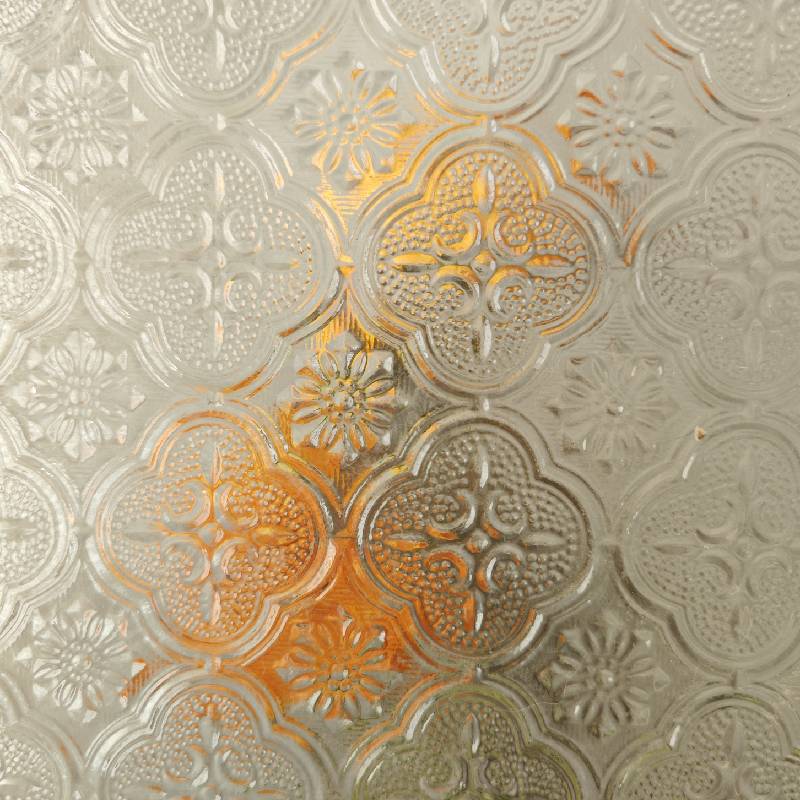

Understanding Dead Flat Float Glass Properties, Applications, and Benefits
Dead flat float glass is a specialized type of glass renowned for its superior flatness and minimal light distortion. The production process involves the float glass method, where molten glass is floated on molten tin to create a uniform thickness and extremely smooth surface. This article delves into the properties, applications, and benefits of dead flat float glass.
Properties
One of the defining features of dead flat float glass is its remarkable flatness. Unlike standard glass, which may exhibit waviness or distortions, dead flat glass maintains a consistent thickness and a perfectly smooth surface. This is critical in applications where optical clarity and precision are essential.
The glass is typically available in varying thicknesses, offering versatility for different applications. Moreover, dead flat float glass has excellent optical properties, allowing for minimal light refraction. It is often characterized by low wavefront distortion, making it an ideal choice for precision optical applications.
Additionally, dead flat glass is produced using high-quality raw materials, ensuring it meets rigorous industry standards. Its durability and resistance to chemical corrosion further enhance its appeal, allowing for extended lifespan even in challenging environments.
Applications
The unique characteristics of dead flat float glass make it suitable for a broad range of applications
. One of the most prominent uses is in the fields of optics and precision instruments. Manufacturers of high-end lenses, microscopes, telescopes, and other optical devices rely on dead flat glass for its exceptional clarity and minimal distortion.
In architectural applications, dead flat float glass is also gaining popularity. It can be used in facades, partitions, and window glazing, where aesthetics and light management are critical. The smooth surface of the glass not only enhances the visual appeal of buildings but also optimizes natural light entry while minimizing glare.
Additionally, dead flat float glass is instrumental in the creation of high-quality displays for electronic devices. It is utilized in touchscreen technology and various consumer electronics, where a seamless and visually appealing presentation of images is paramount.
Benefits
The benefits of dead flat float glass extend beyond its optical properties. One notable advantage is its weight-to-strength ratio. The glass is lightweight yet robust, making it easier to handle and install in various applications. This also contributes to reduced transportation costs and energy consumption during installation.
Another significant benefit lies in its customization potential. Dead flat float glass can be produced in various sizes and shapes, accommodating specific design requirements for architectural projects or electronic devices. It can also be treated or coated to enhance thermal insulation, UV protection, or anti-reflective properties, making it versatile for different environments.
Furthermore, the aesthetics of dead flat float glass cannot be overlooked. Its clear and blemish-free surface offers a sophisticated look, contributing to the modern and sleek designs favored in contemporary architecture and product design.
Conclusion
In conclusion, dead flat float glass represents an innovative solution for applications where optical perfection, durability, and aesthetic appeal are crucial. Its unparalleled flatness and minimal distortion make it indispensable in fields ranging from optics and architecture to electronics. As technology continues to evolve, the demand for such specialty glasses will likely increase, solidifying its role in modern manufacturing and design. By understanding the properties, applications, and benefits of dead flat float glass, industries can harness its potential to enhance functionality and improve user experiences across various domains.